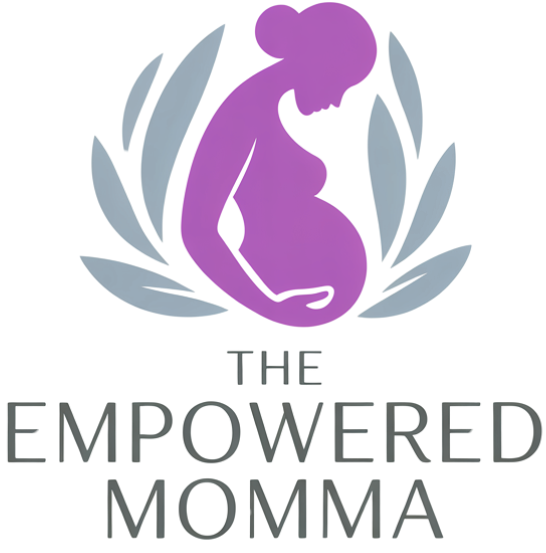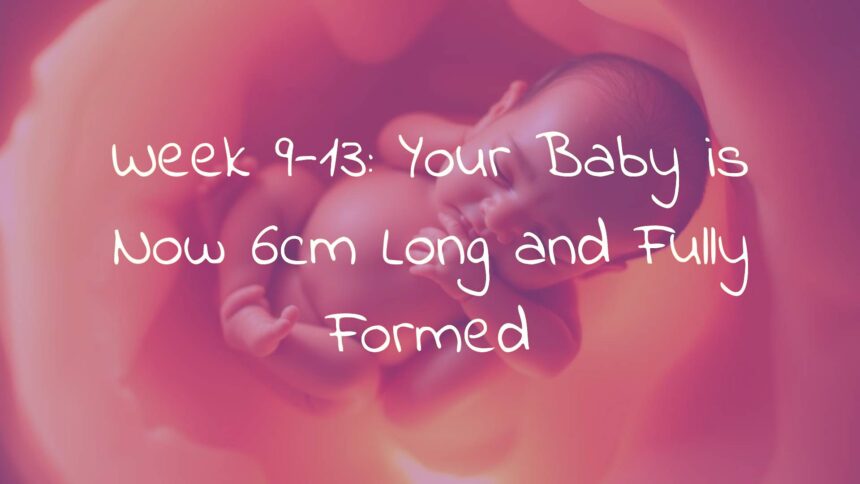Between weeks 9 and 13 of pregnancy, your baby grows and changes quickly. By the end of this stage, your baby is “fully formed.” This means all major organs, muscles, limbs, and bones are in place. There is still a lot of growing and maturing ahead, but the basic structures are ready. Your baby grows from a tiny embryo into a small fetus about 6 cm long and weighs around 18 grams-the size of a plum! These weeks are very important for development, as the baby goes from basic shapes to a more recognizable human form.

What does it mean for your baby to be fully formed now?
When your baby is “fully formed” during weeks 9 to 13, it means the basic layout of the body is finished. Organs, muscles, bones, and limbs are present and in their right places. For example:
- The heart now has four chambers and beats strongly-you may even hear it with a heart monitor.
- The kidneys are working, letting your baby swallow amniotic fluid and pass urine.
- The digestive system begins its first practice, getting ready for life outside the womb.

This is a sensitive time, as the baby is still very affected by outside factors like certain medicines or infections. Even though all parts are present, they still need more time to mature and work properly outside the womb. For instance, the vocal cords are there, but the baby can only make soundless cries. Eyelids cover and protect the eyes and won’t open until later in pregnancy. This stage is when the baby leaves the embryonic stage and becomes a fetus, focusing now on growing and refining its body systems.
How fast does your baby grow from weeks 9 to 13?
Your baby grows very quickly in these few weeks. The fetus almost doubles in size. By week 12, the baby is about 6 cm from head to bottom and weighs 18-20 grams. At the start of this stage, they are just a couple of centimeters long-and by the end, they are about the size of a plum and fill the uterus.
Here’s a simple size chart:
| Week | Length (cm) | Weight (grams) | Comparison |
|---|---|---|---|
| 9 | ~2.5 | ~2 | Berry |
| 11 | ~4 | ~7 | Lime |
| 13 | ~6 | ~18 | Plum |

The head is still large and makes up about half the body length, while the arms become more even with the rest of the body, but the legs are still a bit short. The baby may look skinny, with see-through skin, since fat is only just beginning to form.
How your baby develops between weeks 9 and 13
During these weeks, your baby changes from a simple form to a tiny human. The structures built in earlier weeks start to work and become more detailed. While you can’t feel it yet, inside your body there’s a lot happening as organs get better at their jobs and features become clearer.
Main milestones in growth
These four weeks are full of big changes. By week 9:
- The heart has four working chambers and valves forming.
- The face looks more human as ears, nose, mouth, and nostrils show clearly.
- The “tail” from embryo days disappears by week 10.
- Teeth buds appear under the gums, getting ready for later.
The brain and nerves also change quickly. Nerve cells multiply quickly, and the first connections form so nerve signals can travel in the brain. These changes let your baby make more complex movements. By week 12, the baby may be able to wiggle fingers and toes, and move its mouth like it’s sucking.

Which organs and systems are working by week 13?
- Kidneys: Making urine and the baby swallows fluid regularly.
- Pancreas: Starts producing insulin, needed to control blood sugar.
- Heart: Beats up to 160 times per minute-about twice as fast as an adult.
- Placenta: Fully formed by week 13 and gives the baby oxygen and nutrients.
With all main systems running, the next months will be about growing bigger and stronger.
How do the face and limbs change?
The face changes a lot during these weeks. At week 9, features are basic, but by week 12, the face looks clearly human. The eyes move to the front of the head, and the ears are now on the sides where they should be. Eyelids have formed, but stay shut to protect the eyes until the third trimester.
Limbs also become more developed:
- Arms are now closer to normal size, though the legs are still shorter.
- Fingernails and toenails start growing.
- By week 13, your baby has unique fingerprints.
- The baby can bend and flex their arms and parts of their hands, and even bring their hands over their chest.

Movement and senses
You won’t feel your baby yet, but they are moving a lot during weeks 9 to 13. The baby stretches, yawns, and wiggles-practicing these movements helps develop the muscles and nerves. During an ultrasound, you might see your baby moving around. This can bring a lot of excitement to parents!
Your baby’s senses are also starting to form. The part of the ear needed for balance and hearing is developing. The brain is now formed by week 12, and your baby can feel pain. This early start to feeling and moving prepares your baby for life after birth.

